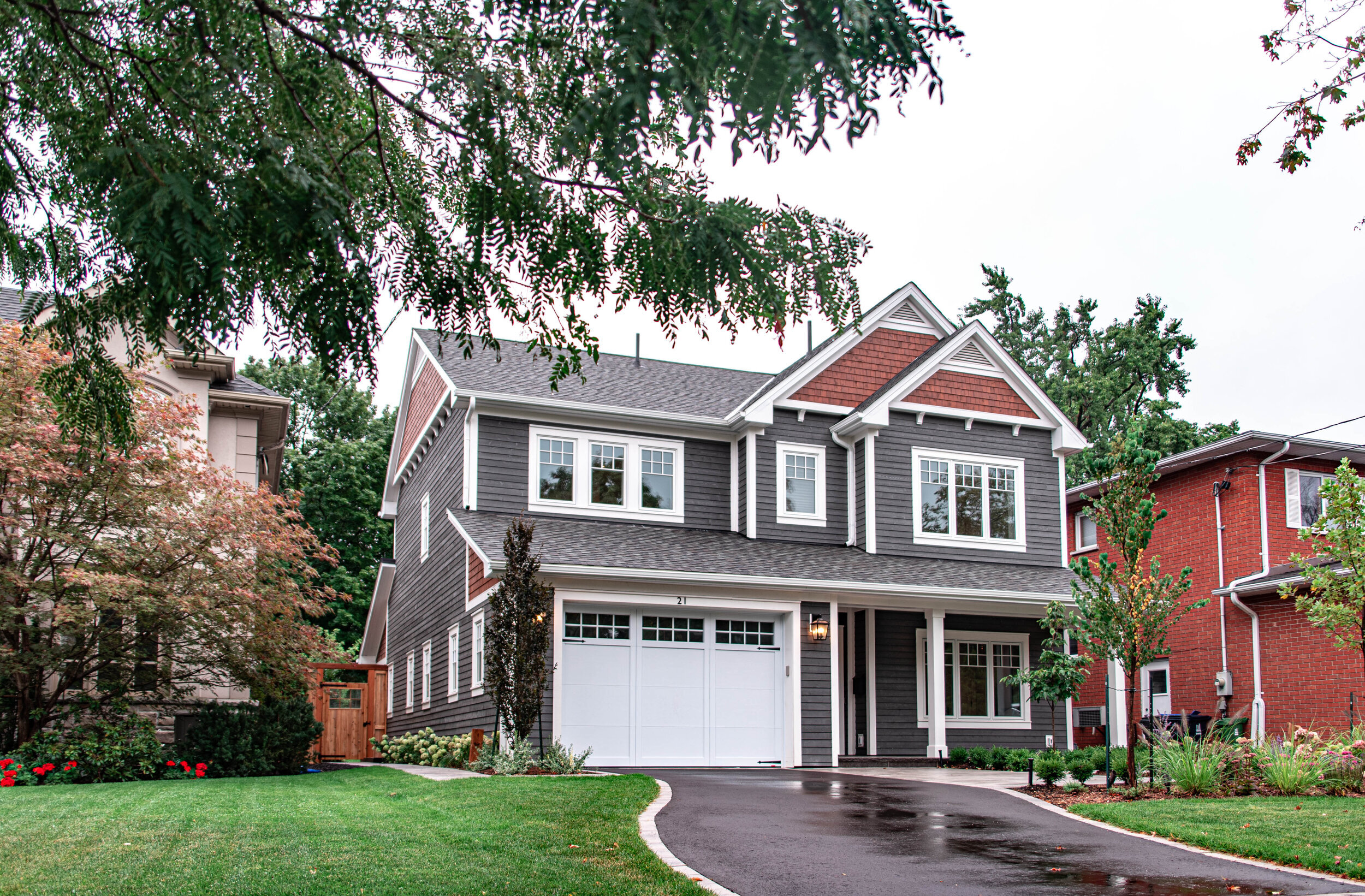‘Our climate is changing and so must our design’
Spoken by our Founder & Principal Architect Paul Dowsett on February 27, 2020 at ‘DesignMeets’ – Climate Action by Pivot Design Group.
Science proves that Greenhouse Gases(GHGs) are causing Climate Change, and that carbon emissions are principal GHGs.
The construction industry is responsible for huge amounts of carbon emissions. Thus, we must cut carbon out of construction — right now! There is no plan (nor planet) B.
Trees naturally draw down carbon from the atmosphere.
This carbon is held in the cells of the trees until they burn or decay. Buildings contribute 30% of global GHGs, and they contribute twice:
1. As embodied carbon in the fossil fuel energy required to extract and transport materials, and to manufacture and assemble the building.
2. As operational carbon from the burning of fossil fuels in the ongoing operation of the building.
The construction industry, as a group, must stop these massive carbon emissions to do our part to mitigate the Climate Crisis.
The World Green Building Council reports that all buildings must operate at net-zero carbon by 2050 — if global warming is to remain under 2°C — as per the Paris Agreement.
This means every single building on the planet by 2050.
One set of strategies is Adaptive Reuse with Deep Energy Retrofit.
Adaptive Reuse takes advantage of the embodied carbon already present in an existing building.
At our current rate of 2% per year of total building stock, new energy-efficient buildings will not replace existing buildings fast enough. We must work on existing buildings too. Thus, Deep Energy Retrofits of existing buildings are essential. In 2017, TransformTO calculated that existing buildings contributed 56% of Toronto’s GHGs.
The Friends of Ruby Centre is an example of Sustainable’s designs incorporating Adaptive Reuse with Deep Energy Retrofit, and the centre creates a transitional home for street-involved LGBTQI2S youth.
Another strategy is to build with wood and to electrify everything.
Consider the following three facts:
1. When we build with wood we sequester (drawn down) carbon in the wood and our reduce carbon emissions.
2. A forest (the wood factory) is a carbon sink rather than a carbon emitter.
3. Ontario’s electrical grid is very carbon-clean.
Sustainable’s Six Points Residence is primarily constructed of wood, and is so energy-efficient that it is economically-viable to operate completely on electricity, without any fossil fuels — even to power an electric car.
According to the UN’s Intergovernmental Panel on Climate Change, in order to reach the Paris Agreement, total global carbon emissions must peak in 2020. There is no time left - 2020 is NOW - and global carbon emissions are still rising!
If we are able to peak our carbon emissions this year, we have to get to net-zero carbon by 2050 — for everything. Every building, every car, truck, airplane, train, every electricity grid — everything!
In the construction industry, c
oncrete, steel, and asphalt production — the most common components of construction globally — are huge emitters of carbon that add greatly to a building’s embodied carbon.
Concrete has been called “the most destructive material on earth.” To give us perspective, if the concrete industry were a country it would be the third largest emitter of carbon, right behind China and the US.






